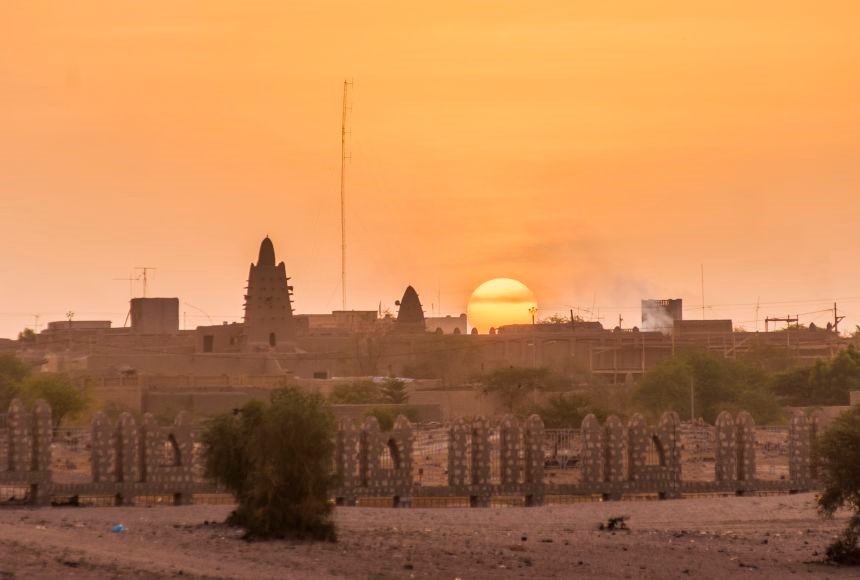
Photo Credit: Redbubble
MALI: Timbuktu, a historic city in Mali sits near the Niger River where Africa’s savannas disappear into the sands of the Sahara Desert. It was once a focal point of Arab-African trade and a center of Islamic scholarship under the Mali Empire and Songhai Empire.
It was founded in the 12th century by the Tuareg nomads, who named it after a well called “Tin Buktu”, meaning “Place of the Well”. Timbuktu was famous because of its three mosques namely Djingareyber, Sankore and Sidi Yahia and its university, the Koranic Sankore University where scholars studied the Quran.
Timbuktu attracted merchants from North Africa, Europe, and Asia, who traded gold, salt, ivory, slaves, and books in its bustling markets. It however declined in the 16th century following invasions, droughts, and shifts in trade routes. Indeed, it was raided by Moroccan and French forces destroying some of Timbuktu’s ancient buildings and manuscripts.
Timbuktu was added to UNESCO’s World Heritage Sites in 1988 but facing threats from desertification and armed conflicts. It still preserves some of its ancient manuscripts and cultural heritage. In 1960 it became part of the newly independent Republic of Mali.


